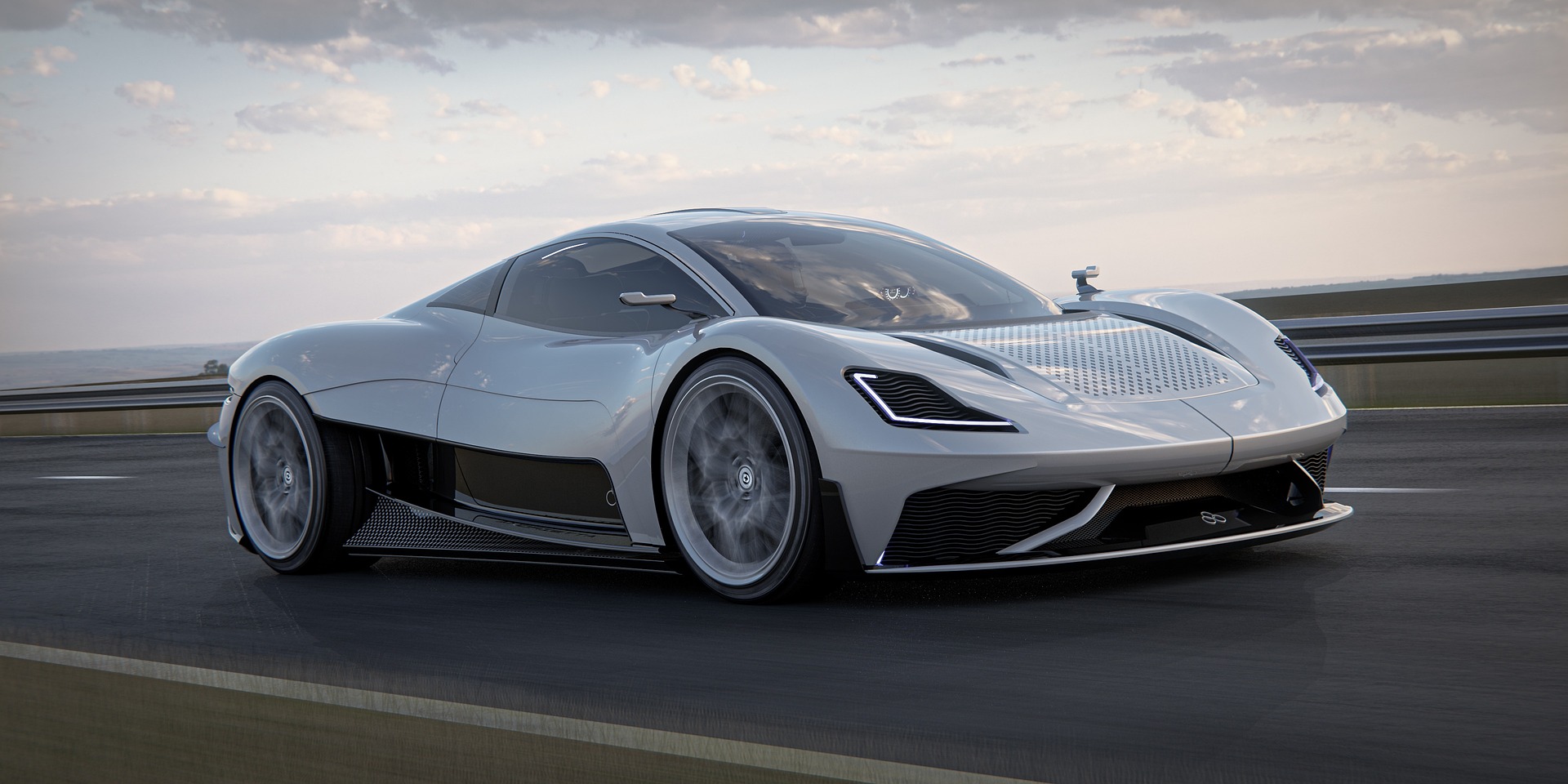How Active Sound Management Transforms the Modern Driving Experience
Imagine rolling down a mountain highway, the engine’s hum blending with the rhythmic thrum of the road, while your favorite playlist fills the cabin in crisp clarity. But what if you could fine-tune the entire soundscape—dialing out unwanted noise while enhancing the tones you love? Welcome to the new frontier of automotive sound: active sound management.

From Insulation to Innovation: A Brief History
The quest for a quieter, more refined ride is as old as the automobile itself. Early cars were open to the elements, with little more than metal and wood separating passengers from the chaos outside. As engineering advanced, manufacturers layered on thicker carpets, denser door seals, and intricate firewall padding, all in pursuit of serenity. By the 1970s, luxury brands had turned soundproofing into an art, employing double-pane glass and heavy insulation. Yet, these passive solutions added weight and complexity, often at the expense of performance and fuel economy.
The breakthrough came in the late 20th century, when the audio industry’s active noise cancellation (ANC) technologies—originally developed for aviation headsets—began to catch the auto world’s attention. By using microphones to detect unwanted noise and speakers to emit canceling sound waves, engineers could target and neutralize specific frequencies, especially low-frequency droning from tires and engines. This innovation marked a seismic shift: sound management was no longer just about blocking noise, but actively shaping it.
The Science Under the Hood: How Active Sound Management Works
Modern active sound management is a symphony of sensors, digital processors, and acoustics. Microphones embedded throughout the cabin continuously monitor ambient sounds—be it the rumble of the road, the growl of the engine, or the chatter of wind. Sophisticated processors analyze this data in real time, distinguishing between desirable and undesirable frequencies.
Using the vehicle’s existing speaker system, the technology emits precisely inverted sound waves to cancel out unwanted noise. But the magic doesn’t stop there. Manufacturers now blend noise cancellation with sound enhancement, allowing drivers to amplify or suppress particular engine notes, or even overlay bespoke sound signatures. Some systems offer customizable profiles, letting drivers tailor the auditory environment to their mood—choosing, for example, a quiet cocoon for highway cruising or a sportier soundtrack for winding backroads.
Industry Trends: Customization, Wellness, and the Search for Silence
Today’s automakers see active sound management as more than a luxury—it’s a defining feature of the modern driving experience. Brands from BMW to Lexus are investing heavily in next-gen systems that offer granular control, integrating sound management with infotainment and driver assistance technologies. The trend toward personalization is unmistakable: some vehicles now let owners select from multiple sound profiles, each designed for different driving scenarios or personal tastes.
Emerging research highlights another benefit: driver wellness. Studies suggest that persistent in-cabin noise contributes to fatigue and stress, especially during long commutes or traffic jams. Advanced sound management systems can dynamically respond to changing road conditions, reducing mental strain and enhancing overall comfort. Automakers are also experimenting with wellness-focused soundscapes, such as calming nature sounds or adaptive music that responds to the driver’s mood and behavior.
Real-World Applications: From Family SUVs to Performance Icons
Active sound management is no longer exclusive to luxury sedans. Family SUVs, crossovers, and even compact hatchbacks now feature sophisticated systems that rival those in flagship models. For urban commuters, the ability to filter out city noise—like honking horns and construction—transforms the daily drive into a far more pleasant experience.
Performance cars, too, are leveraging this technology. By modulating and enhancing engine sounds, automakers can deliver a visceral auditory thrill without violating strict noise regulations. For example, some sports coupes use active sound enhancement to highlight high-revving notes in the cabin, while still keeping exterior noise within legal limits. This balance between emotion and regulation is crucial in today’s market, where drivers demand both excitement and civility.
Challenges and Opportunities: Balancing Authenticity and Technology
Despite its promise, active sound management faces unique hurdles. Purists argue that synthetic or modified engine sounds detract from authenticity, and there’s ongoing debate about where to draw the line between enhancement and artificiality. Technical challenges abound as well: achieving seamless sound cancellation requires meticulous calibration, accounting for varying cabin shapes, speaker placements, and material properties. Even minor software glitches can lead to awkward audio artifacts or delayed responses.
Yet, the opportunities are vast. As digital processors become more powerful and AI-driven algorithms mature, future systems will offer unprecedented levels of customization and adaptability. There’s potential for integration with biometric sensors that track driver stress, or with navigation systems that anticipate noisy environments and preemptively adjust the soundscape. The path forward is not just about silence, but about creating an immersive, responsive, and deeply personal driving environment.
Looking Ahead: A New Era for Automotive Sound
Active sound management is redefining what it means to experience a car from the inside out. No longer a passive passenger to road noise or engine drone, drivers and passengers gain agency over their auditory environment. As the technology matures and spreads across segments, it promises not only greater comfort, but also a new dimension of connection between car and occupant. In an era where in-car experience is as important as performance or style, the art and science of sound may well be the next great automotive frontier.




